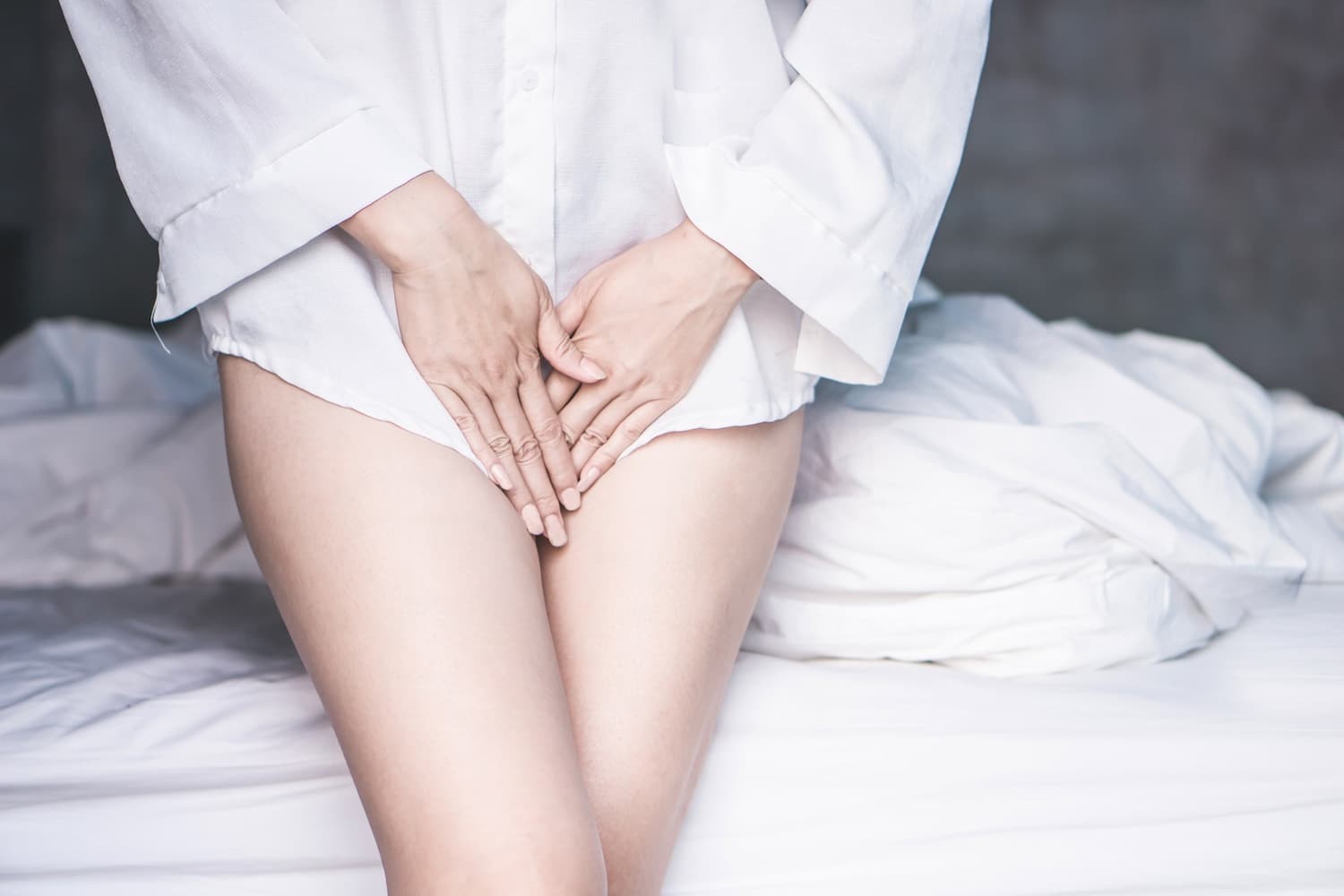
Yeast infections often cause itchiness and discomfort in the vaginal area, though they can occur in other parts of the body as well. These infections can be developed by external or internal factors, and they can range from mild to serious. Follow this guide to understand the symptoms, causes and different types of yeast infections, as well as the diagnostic procedures to determine their root causes and treatment course.
What are Yeast Infections?
Yeast infections are caused by a type of fungus called candida, which can inhabit different parts of the body, including the mouth, digestive tract, mucous membranes and vaginal area, without causing any health problems. But when something triggers an imbalance in the bacteria and yeast cells, it may lead to the overgrowth of candida and cause an infection. Vaginal candidiasis or vulvovaginal candidiasis happens to be the most common yeast infection.
Although its symptoms may mimic those of a sexually transmitted disease, a vaginal yeast infection is not one. However, it can possibly spread through sexual contact. It's also worth noting that once you have had this fungal infection, you can have it again. While it's more common in women, men may also acquire a penile yeast infection through unprotected sex with a woman who has the infection.
What are the Symptoms of a Yeast Infection?
Men and women with candida infections manifest pretty much the same symptoms. However, a complicated yeast infection may be related to a weakened immune system due to diabetes, high blood sugar levels, digestive disorders, or a urinary tract infection among others. The common symptoms of a vaginal infection include:
- Itching and swelling of the vagina
- White vaginal discharge similar to cottage cheese
- Burning sensation during urination
- Pain during sexual intercourse
- Red rash and white patches on the vagina (men with a yeast infection may also notice this on their genitals)
What Causes a Yeast Infection?
Several factors can affect the balance of bacteria and yeast cells in the vagina and lead to a vaginal yeast infection. One of them is wearing tight clothing, particularly skinny jeans and underwear made of unbreathable fabric, as well as sitting too long in wet workout clothes or bathing suits. This increases heat and moisture in the vagina, which is a favourable environment for yeast growth. Other reasons that may disrupt the activities of the body's healthy bacteria and lead to a vaginal bacterial infection are:
- Poor diet
- Antibiotics
- Vaginal sprays
- Higher estrogen levels
- Uncontrolled diabetes
- Lack of sleep
- Stress
- A compromised immune system
Pregnant women who have a recurrent yeast infection must seek treatment immediately as the infection may be passed down to their babies. It's normal for babies to develop a diaper rash if their soiled nappies are not changed right away. However, you can tell that a diaper rash is out of the ordinary if it persists despite the application of a diaper rash cream or ointment.
What are the Most Common Yeast Infections?
Yeast overgrowth can affect practically any part of the body, including the mouth, nails, genitals, and even the bloodstream. There are five common infections associated with excessive yeast production, according to medical research. These are as follows:
- Vaginal yeast infection affects women of reproductive age.
- Penile yeast infection can only be acquired by a man if he has had sexual intercourse with a woman who has a yeast infection.
- Oral thrush is a candida infection of the mouth, throat and oesophagus.
- Invasive candidiasis occurs when the fungus penetrates the bloodstream and spreads throughout the organs. This type of infection can lead to death.
- Small intestinal fungal overgrowth affects the gastrointestinal tract and is characterised by bloating, nausea and diarrhoea.
- Fungal skin infections, also known as topical candida, may manifest as red rashes, swelling, itching and white patches in the hidden regions of the skin, including the armpits, between the folds of the skin, and in the groin area.
How is a Yeast Infection Diagnosed?
To get an accurate diagnosis, your doctor will look at your medical history, conduct a pelvic exam and collect a biopsy sample from your vaginal area. Lab tests are done on a case to case basis. These are usually for women who experience frequent yeast infections. The doctor will thoroughly examine the sample tissue in a laboratory to identify the type of fungus causing the infection. Only then can they determine which treatment approach to take in addressing your condition.
What are Common Treatments for Vaginal Yeast Infections?
A topical antifungal medication is often prescribed for mild to moderate yeast infections. If the itch, redness, swelling and other symptoms persist for weeks, your doctor may prescribe oral medications alongside your vaginal cream. There are also natural remedies which you can try at home to alleviate the adverse effects of conventional treatments and speed up your body's natural healing ability.
A natural health professional who specialises in diet and nutrition, herbal medicine and lifestyle modifications can help you address the root cause of your yeast infection. See to it that you talk to your doctor about any natural treatments that you wish to incorporate into your treatment plan.









